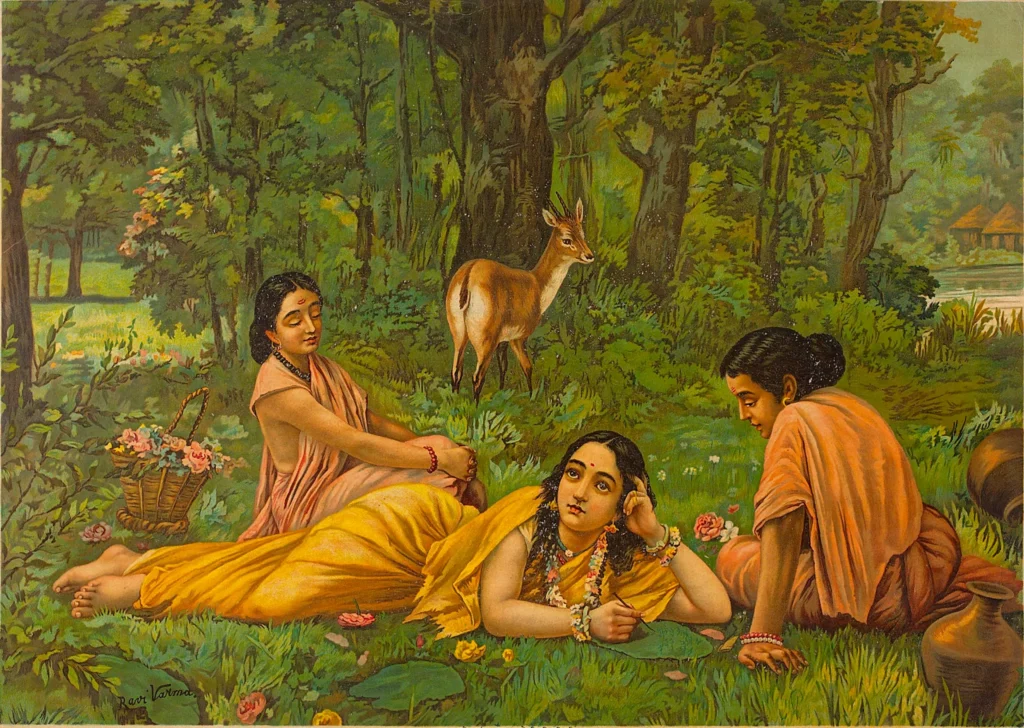Introduction
A. R. Raja Raja Varma is a well-known figure in Indian art history. As the younger brother of the famous painter Raja Ravi Varma, he made his own mark in the art world. Known for his unique style and significant contributions to the art scene in Kerala, A. R. Raja Raja Varma’s legacy lives on through his artwork and the artists he inspired. This blog post looks at his life, artistic journey, and lasting impact on Indian art.
Early Life and Background
A. R. Raja Raja Varma was born into a prominent family in Kilimanoor, Kerala, in 1860. From a young age, he exhibited a keen interest in art, influenced by the artistic environment fostered by his family. His elder brother, Raja Ravi Varma, already a distinguished artist, played a significant role in shaping his early artistic endeavors. Despite the prominence of his brother, A. R. Raja Raja Varma’s unique talent soon became evident. He pursued formal training in art and honed his skills, drawing inspiration from traditional Indian themes and techniques. His education was further enriched by exposure to Western artistic styles, creating a blend that would define his work.
Artistic Style and Techniques
A. R. Raja Raja Varma’s artistic style is characterized by a fusion of Indian and Western techniques. He mastered the use of oils and watercolors, which were relatively new to Indian art at the time. His works often depicted scenes from Indian mythology and everyday life, rendered with a delicate balance of realism and traditional aesthetics. The attention to detail and the vibrant use of color in his paintings reflect his technical prowess. Unlike his brother, who often focused on grand, narrative-driven compositions, A. R. Raja Raja Varma’s works are noted for their intimate and personal touch. His ability to capture the essence of his subjects, whether deities or common folk, set him apart in the art world.1

Major Works
Varma wrote extensively in Sanskrit and Malayalam. He is known as Kerala Panini for his contributions to Malayalam grammar. Varma played a key role in the literary renaissance in Kerala during the Golden Age of Malayalam literature. Ulloor said about A.R. Rajaraja Varma, “While others decorated the walls of Malayalam literature with their works, A.R. strengthened its foundation and dome, making it a lasting and impressive structure for the people of Kerala. His fame comes from this achievement and will endure forever.”
Eustachius De Lannoy: From Dutch Commander to Travancore’s Military Reformer
To know more click here:https://light.vintbit.com/historical-figures/de-lannoy-admiral-travancore-dutch/
Influence and Legacy
The influence of A. R. Raja Raja Varma on Indian art is profound and far-reaching. His integration of Western techniques with Indian subjects paved the way for future generations of artists to experiment and innovate. He was a pioneer in bringing a new perspective to Indian painting, blending realism with traditional themes. His legacy is evident in the works of numerous artists who followed in his footsteps, particularly in Kerala. The art schools and institutions he supported helped nurture a new wave of talent, ensuring that his influence would endure long after his time. Today, A. R. Raja Raja Varma is remembered not only as a great artist but also as a visionary who helped shape the course of Indian art history.
Conclusion
A. R. Raja Raja Varma’s contributions to Indian art are invaluable. His unique style, innovative techniques, and dedication to his craft have left an indelible mark on the artistic heritage of Kerala and India. As we reflect on his life and works, it is clear that his influence continues to inspire and resonate with artists and art lovers alike. His legacy is a testament to the enduring power of creativity and the timeless beauty of art.

